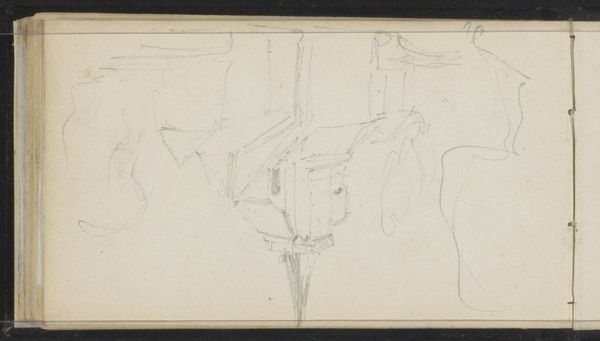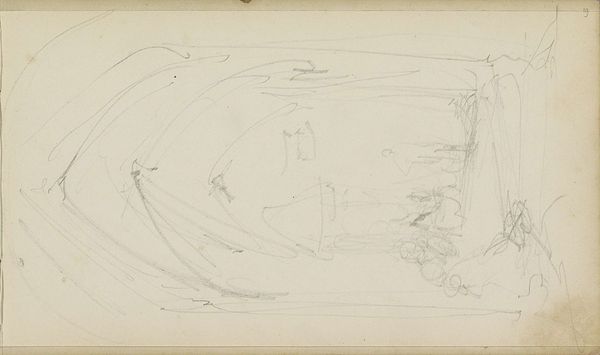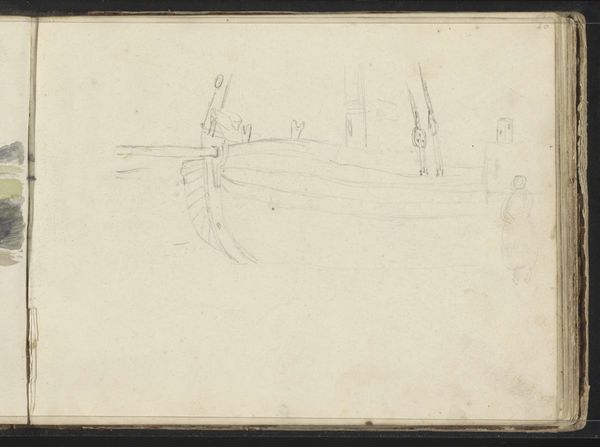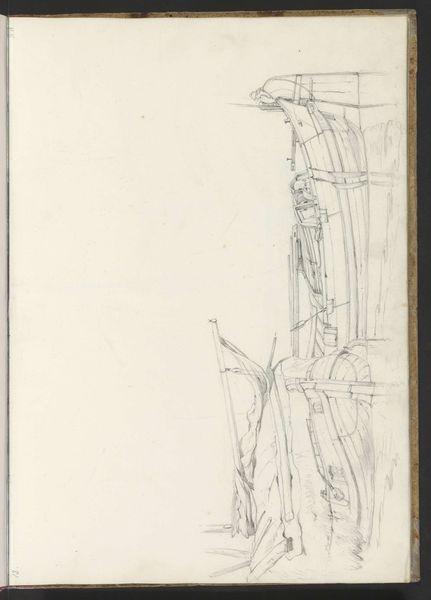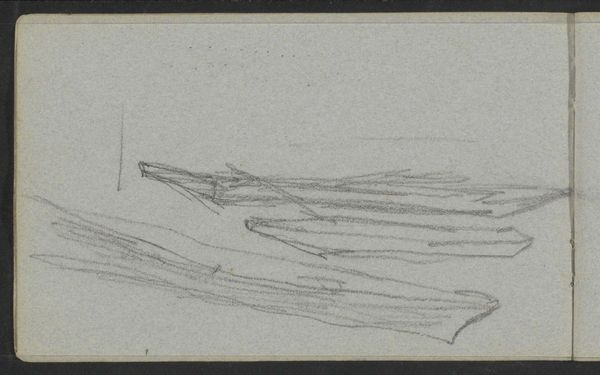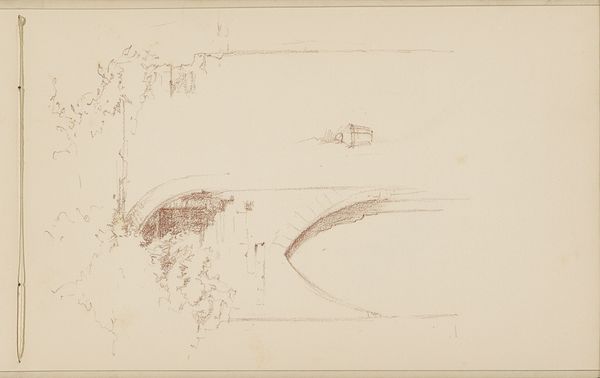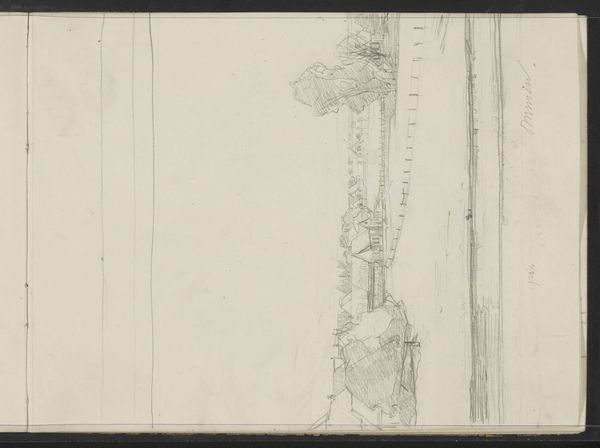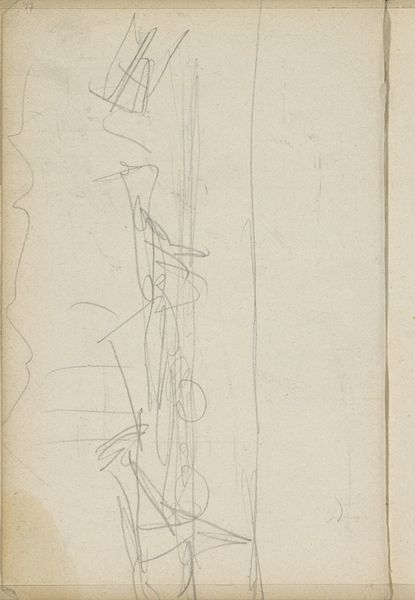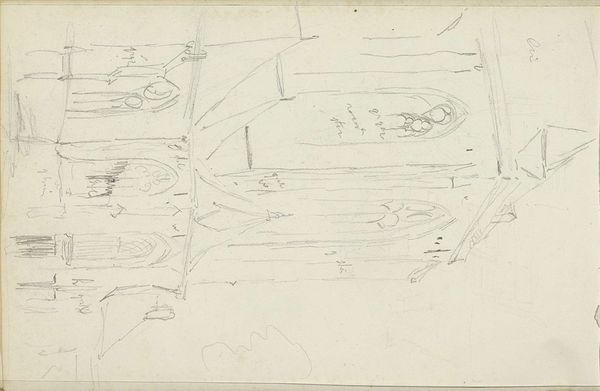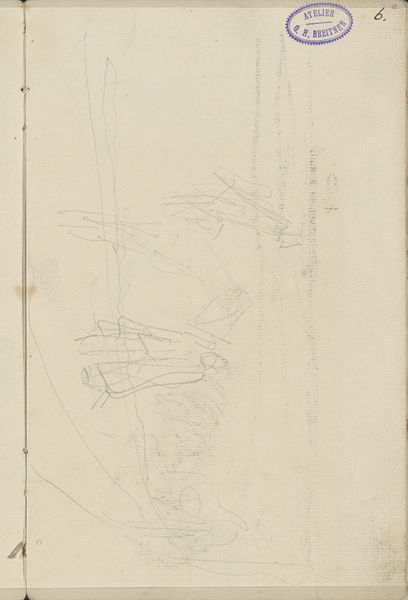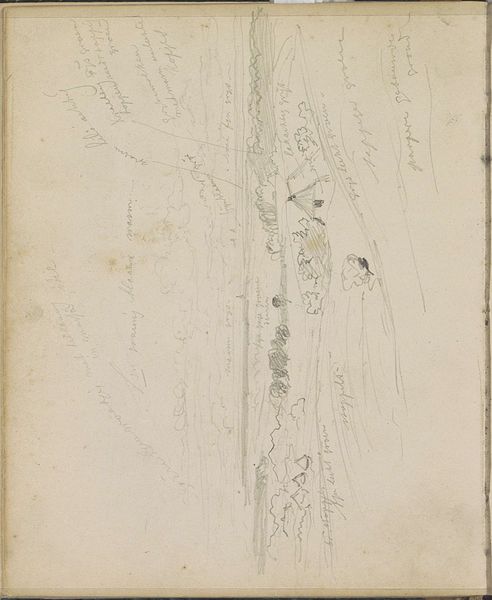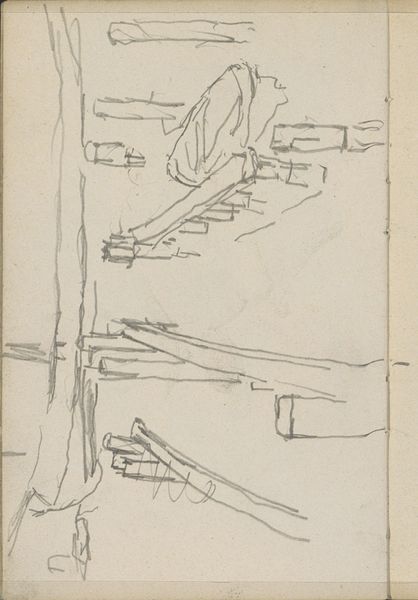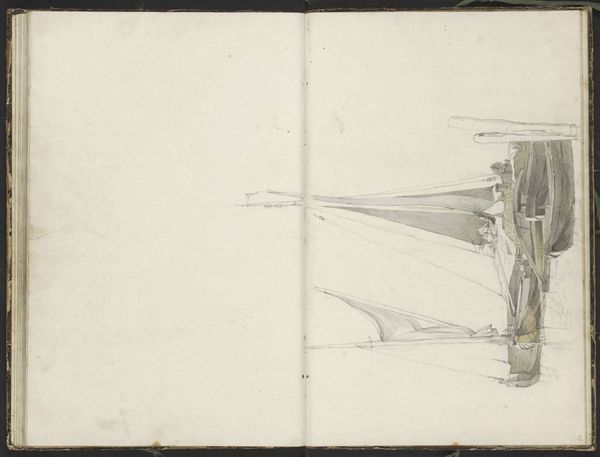
drawing, pencil
#
drawing
#
landscape
#
pencil
#
cityscape
#
realism
Copyright: Rijks Museum: Open Domain
Cornelis Springer made this pencil drawing, "Gezicht op een laan in Woerden," which translates to "View of an Avenue in Woerden." In nineteenth-century Netherlands, topographical art was not just about capturing a scene, but also about celebrating a sense of national pride and identity. Woerden, with its historical architecture and serene landscapes, embodied the Dutch spirit. How did its geography influence the country's economic structures? Springer was known for his meticulous architectural renderings, yet here we see something more informal. This drawing might have been a preliminary study. The Rijksmuseum, where this drawing is housed, plays a crucial role in shaping our understanding of Dutch art history. What assumptions are made when an artwork is collected by such an institution? Historical documents, city plans, and even tourist guides from the period can provide further insights into the cultural significance of places. Each artwork is contingent on its social and institutional context.
Comments
No comments
Be the first to comment and join the conversation on the ultimate creative platform.
